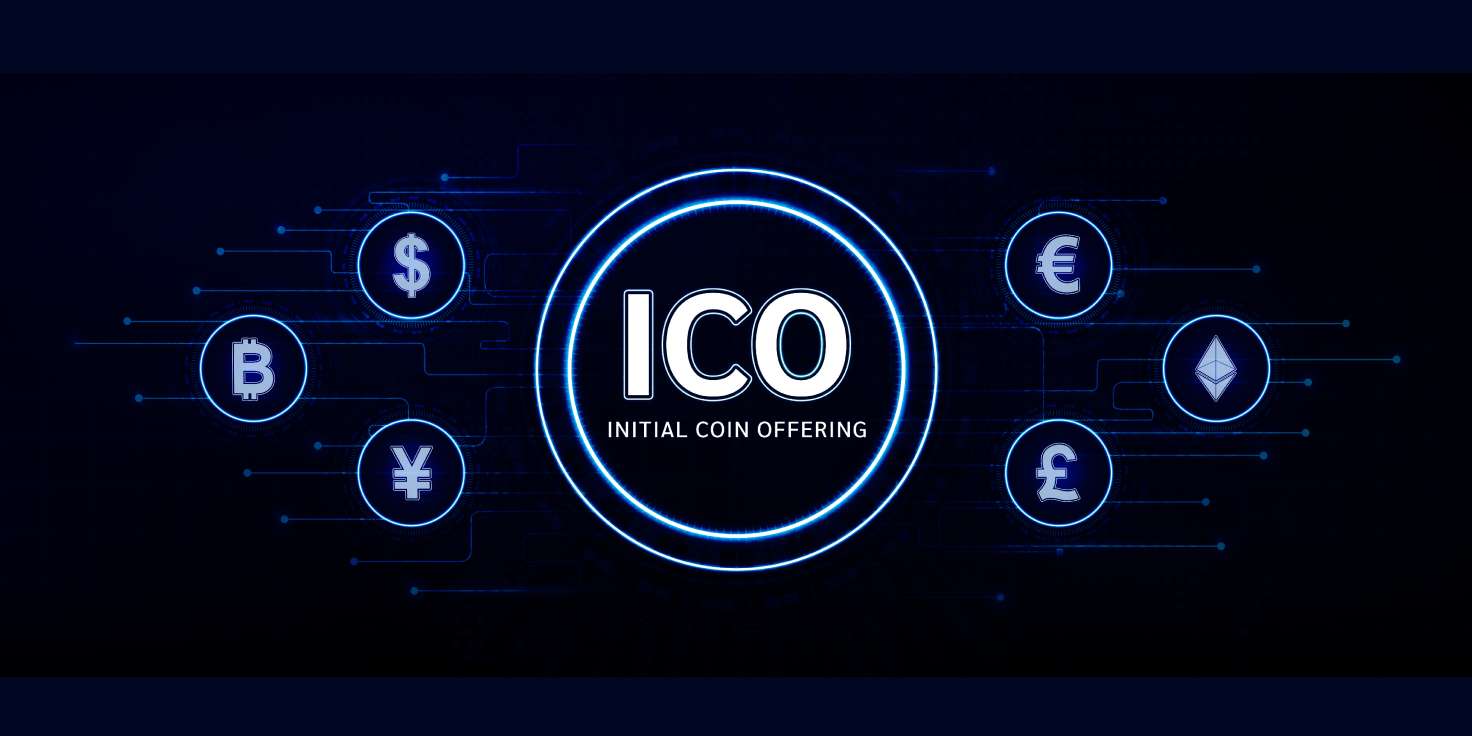Project profiles that fit ICOs
You operate a Web3 platform with genuine network effects. You need a utility or governance token to coordinate incentives. Your roadmap depends on broad community participation. Sectors include L2 infrastructure, DeFi protocols, gaming economies, data networks, and real-world asset utilities. Industrial use grows where tokens unlock access, discounts, or governance rights. Projects succeed when token utility is real and measurable.

 Blockchain Application Development
Blockchain Application Development
 Fintech Blockchain App Development
Fintech Blockchain App Development
 Hyperledger Application Development
Hyperledger Application Development
 STO Development Services Company
STO Development Services Company
 Exchange Development
Exchange Development
 Cryptocurrency Wallet Development
Cryptocurrency Wallet Development






